141: Ida Cheinman on Gen Z
Josh Miles interviews Ida Cheinman, Principal of Substance 151, about Generation Z Marketing.
About This Episode
Just as you thought you had the multi-generational workplace issues and marketing preferences of the millennial generation figured out, there’s a new generation on its way to the workplace: Gen Z.
This episode runs 35 minutes.
Subscribe to PMS Show on iTunes
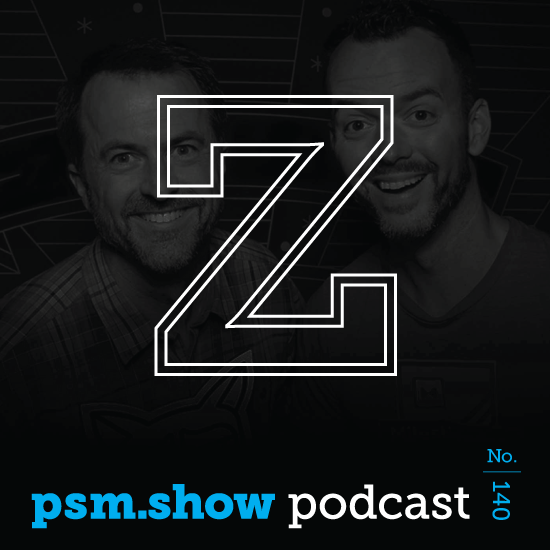
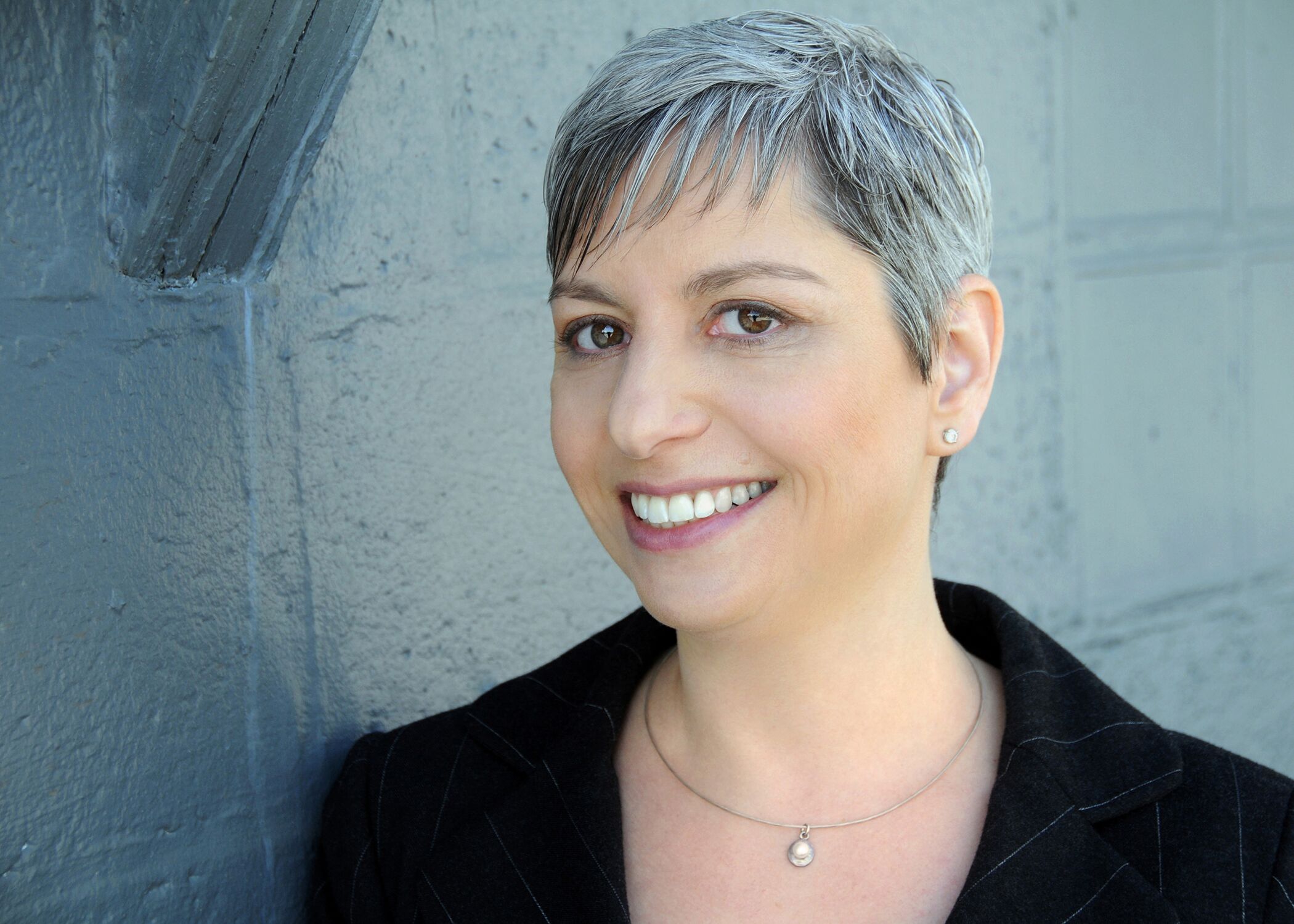
About Ida Cheinman
Ida Cheinman has 20 years of branding, marketing and management experience with a primary focus on brand strategy and design across print and digital. With clients including U.S. Green Building Council Maryland, Barton Malow, Langan, Habitat for Humanities Chesapeake, TerraLogos eco architecture, St. Mary’s County Public Schools and many others, her work has earned multiple design awards and industry recognition, and she frequently speaks and writes on the subjects of branding and marketing.
When founding Substance151, Ida made a commitment to advance sustainable values through the firm’s design practice, education and community involvement. Under her leadership, Substance151 has not only built a strong reputation for its brand strategy and design work, but is also recognized as an advocate for environmentally and socially responsible business practices. Ida has been named an Eco CEO by Baltimore SmartCEO.
Article by Ida Cheinman About Gen Z Marketing
Production of PSM Show is underwritten by:
We Want to Hear From You
Let us know what you think about this episode. Should we do more interviews? Or, would you prefer just Josh and David (no guests)? Or should we get rid of Josh and David altogether? Use the form on our homepage to let us know.
Subscribe to our Podcast
To subscribe to the PSM podcast in iTunes – click here
Transcript
Announcer: Welcome to PSM, the professional services marketing podcast. It’s insight applied.
Josh Miles: Hello and welcome to PSM show, the podcast for AEC marketers. I’m Josh Miles and I’m joined today by the crazy smart Ida Cheinman, principal and creative director for Substance151. Today we’re talking about Gen Z, but before we get into that, I want to say thank you to our underwriting sponsor SMPS. Head over to smps.org/buildbusiness to see all about Build Business 2019 in Washington DC from July 31st to August 2nd, 2019.
Announcer: This is PSM. Its insight applied
Josh Miles: Ida, welcome to PSM show.
Ida Cheinman: Thank you Josh. And I don’t think anybody ever called me crazy smart. I really like that. Thank you.
Josh Miles: Well, you’re very welcome and I think it’s well deserved. So, we’re going to get to show off some of your smarts today, but most of our listeners might know that I’m a giant branding nerds too. Initially when I reached out to you, I was begging you to come on the show.
Josh Miles: And selfishly, I really just wanted to talk about branding and maybe a little bit about firm culture until I found your research you had done on Gen Z, which reminded me back when I was running an agency, there was this thing that the market usually said about Millennials, which was, they’re the worst. But you recently wrote about Gen Z. So I guess first off, tell us about Gen Z. Who is this Gen Z?
Ida Cheinman: So, this is the next generation that will be a part of our workforce. They’re starting to enter the workforce right now. A lot of them are still in college. It’s your interns. And recent grads. That’s the generation that was born between 1995 to 2012 and they’re very different from Millennials. And it’s funny. I, as a business owner, had to address the Millennial challenges like the rest of us.
Ida Cheinman: But it took me the longest time to believe that this whole generational thing was real. And I think a part of it was that most of Gen X generation, we resent the fact that when we entered the workforce, nobody celebrated or wrote articles about it. And so I just kept thinking that all of this hype the media is creating will pass. But I’m older and wiser now.
Ida Cheinman: I recognize that the generations and the differences between them are real and they certainly affect both the culture of our workplace and the way we do business. So since I missed most of the buzz on the … or the bandwagon on the Millennial generation, I was really interested in researching this article.
Ida Cheinman: And I also teach. So the students I teach are Gen Zers and I definitely saw some differences, and it intrigued me. I think it’s going to be a huge marketing challenge. So, all of those reasons forced me to do a little bit more research and write this article.
Josh Miles: I saw this tweet recently and it said, this has got to be the most Gen X thing ever and it was a graphic from a newscast. And it said something about the silent generation and about the boomers and about the Millennials. And it totally left the Gen Xers off of the graphic.
Ida Cheinman: Right, we don’t even count.
Josh Miles: They don’t even know we are there, oh no,
Ida Cheinman: I know, I know.
Josh Miles: So the Gen Z, you said they’re wildly different than the Millennials. Tell us more.
Ida Cheinman: They certainly are. In general, as a part of my research about generations, I’ve seen it a number of times that Millennials are closer to Baby Boomers than Gen Xers, so it skips a generation.
Ida Cheinman: So one interesting fact that I saw is president of FutureCast, Jeff Fromm, described them as “old souls in young bodies.” And he elaborated on that point saying that they are digital, social and mobile to the core, but their values are more strongly aligned with the previous generations than Millennials.
Josh Miles: Interesting.
Ida Cheinman: I think one of the reasons for that, is they grew up with their parents going through the last recession. And they saw some of their parents who are professionals and always had good jobs, lose those jobs. They saw the financial struggle. They saw all the ugliness of mortgages. And they were very young at that time.
Ida Cheinman: There is a difference in how people draw those boundaries, but the most typical one is to say that they were born between 1995 and 2012, so they were relatively young when all of that was happening, but old enough to understand the turmoil we went through. So they’re much more skeptical, they’re not as privileged or entitled as people often describe the Millennial generation. They’re definitely much more pragmatic.
Ida Cheinman: But there are also their values. They’re very inclusive. They’re very purpose driven. They’re very compassionate. So there’s that almost like left brain, right brain or brain and heart, however you want to draw that divide, that exists within them, and this will make it very difficult for the rest of us to market to them.
Ida Cheinman: And there are already numerous articles about how difficult they are as consumers, but even in our B2B professional services environment, Millennials are already not just a large part of the workforce, but they’ve moved into positions that make executive and purchasing decisions.
Ida Cheinman: So it’s not going to be that long before this generation is deciding which architecture, engineering or construction firm they’re going to go with. Again, their values and their backgrounds, and the high-tech, mobile natives that they are, will affect what’s important to them and how they both research, select and ultimately build relationships with the firms.
Josh Miles: It’s interesting both of my children are sort of on the young end of that range born in 2007 and 2012, so right at the very tail end, but our daughter, the older of the two in particular is often described by our friends as being such an old soul and so compassionate.
Josh Miles: So it’s interesting that this general research really hits home when I think about who she is as a person, as a consumer, as a future employee. But this kind of leads me to wonder, each generation tends to have things that they’re more comfortable with or that they’re better at. What are some of the strong suits of the Gen Z?
Ida Cheinman: So I think we’ve all come to value tech-savvy in the workplace because you don’t have to be a technology company to appreciate and use the technology. So I think that tech savviness of them is definitely going to be an asset to any firm or any company in general that will hire them.
Ida Cheinman: I think the values-driven, the passionate nature of them is also important because purpose has become a big part of brands and business. It will resonate really well with other Gen Zers but also with the Millennial generation and even Gen Xers. So I think there are parts of them that will fit very well.
Ida Cheinman: There are parts of them that perhaps will be a little less useful. The attention span. To say that it equals zero is an understatement. There is no attention span. I think it could be okay, but it also is very difficult and it might be that consumer products will figure it out.
Ida Cheinman: I think it’s going to be very difficult for professional services where a lot of what we do is long-term and it’s for the long haul and it’s about building relationships. There’s no immediacy. You have to be knowledgeable technically. And it requires the depth of knowledge and expertise.
Ida Cheinman: So I think teaching them is going to be a challenge because they can hold only so much onto your thoughts. I think for them to develop the depth of expertise is going to be challenging because that’s not how they operate. That’s not what they like, and yet it’s going to be required for them to make it in the world, in the professional world.
Ida Cheinman: So I think those are going to be definitely huge challenges. I think some of the values of transparency and experience and authenticity that are very important to them. Transparency, more and more companies are trying in general to be transparent with their financial and business strategies, and managers being transparent with those who work for them in terms of career goals and how to do better, how to succeed.
Ida Cheinman: So I think there’s a general movement toward transparency in the workplace. But I think this generation will make us all kick it up a few notches, in order to attract them and retain them and work with them and have them trust us because again lack of trust, that skepticism, is very prevalent.
Ida Cheinman: Everything is about the experience. So it’s both experiential learning and … But I think also that’s what the firms need. To have somebody who is all about the experience, in order to instill a sense of urgency for developing better employee and customer experiences.
Ida Cheinman: So I think that could work for and against both the firm and Gen Zers as employees. For companies, it’s not just transparency, but it’s authenticity, it’s speaking with an authentic voice. It’s do what you say you will do.
Ida Cheinman: And that goes for both how companies conduct business and what they promise during the recruitment process and this generation will hold them responsible. And I think all of those inherent values in this generation will change the way we do business, and definitely will change the way we think about, and do marketing.
Josh Miles: So this thing connected to the whole transparency issue, I think sort of related to that is really just the communication of who you are as a company and as a firm and as you said, the things that they’re promised in the interview or, I think most principals are probably thinking in their head well, man, we told them 18 months ago what our five year plan was or what our strategic goals were, what this new initiative was about.
Josh Miles: But they’re not repeating it and they’re not coming from many small businesses. I know this is just something that constantly plagues us just as principals, we’re not good at that communication piece. So how might firm’s address that differently with Gen Z?
Ida Cheinman: I think, and actually, your question I feel is two fold; the transparency and communication, but also it’s the repetition because again, there is no attention span.
Josh Miles: Yeah, exactly.
Ida Cheinman: So if you said something five months ago,
Josh Miles: It’s like you never said it.
Ida Cheinman: It’s not going to be resonating at the performance review which is 12 months from now. I think there are a lot of ways that firms can address that. It’s definitely train the trainer. So it has to come from the top. It has to be embedded into the company culture, that general movement toward transparency.
Ida Cheinman: And it depends, you could be an 800 or an 8000 or 20000 people firm, you could be a 35 people firm. So the ways, the mechanics of addressing it could be different. But whether it’s the principal who does interviews, performance reviews, and just general assessment of how everybody’s doing. Whether it’s five managers far removed who are doing that, everybody will need to understand that in order to get the most out of this generation of employees, as well as to offer them the environment where they can grow and thrive and make the company successful, right?
Ida Cheinman: Because if you help somebody to become successful as an individual, to grow professionally and personally and do their best work, then ultimately they will help your firm to become more successful. So I think it’s everything from training, from how you communicate the career path, from how you chunk it up into pieces, from just learning that every performance review maybe it needs to start with recapping the goals and repeating the information.
Ida Cheinman: But I also think that’s a little bit of that resentment taht’s is coming up again. It has to be a two way street. I mean they have to have jobs, they have to understand how to be in the professional environment. So I think there’s going to be a huge learning curve coming into something like a professional services firm, and understanding that not having any attention span is really not an asset.
Ida Cheinman: On the other hand, being able to very quickly grasp something new is an asset. So this generation itself will need to adapt to how we do business. But even in order for us to get them into our firms, we’re going to have to be very smart about how we message out the purpose and the brand and… Again, it can’t be just messaging and has to be authentically how we build diversity and inclusion into everything we do.
Ida Cheinman: And obviously that’s a big challenge for the AEC industry and there are huge strides being made right now. But still, the example I always use when I talk about culture, and I think diversity and inclusion is a huge part of it, is that you can talk about diversity and opportunity all day long. But if I’m a young female engineer and I go to your website and your entire leadership page looks the same, oh, and nobody looks like me, will I believe you?
Ida Cheinman: You can do the programs, you can implement, you can make strides, but your leadership team must mirror the workforce you want to have. And one of the things about Gen Z that was interesting to me is that already they’ve been … It’s been mentioned that they’re the most diverse generation.
Ida Cheinman: And I think we always lump diversity and inclusion together but they’re very different because inclusion is about how people feel. Do they feel included? There is a dialogue, there’s a two-way conversation about it. Do they feel included? What does it take to make them feel included?
Ida Cheinman: Again, the generation is just entering the workforce, and obviously a lot of people in the workforce have children of that generation, so they kind of understand how they work. But we still have a lot to learn and a lot to overcome. The processes from business strategy to brand, to marketing, to operations, to everything across the board will need to be re-thought and adjusted for this generation.
Josh Miles: So maybe in addition to thoughts around purpose and diversity and inclusion, social issues. What are maybe our firms doing wrong today that are just set up the wrong way for being ready to welcome Gen Z into the workplace. What else do we need to do maybe from a branding standpoint?
Ida Cheinman: So I think I already mentioned and we talked about it a little bit, a great sense of purpose and values. The firm’s brand needs to be guided by purpose and it’s all industries, across all types of firms. AEC has gotten on board. There are more and more firms that understand that they need to talk about things outside of delivering on time and on budget.
Ida Cheinman: But there’s still a lot of confusion about purpose. A lot of times people think about it as sustainability or CSR. But it doesn’t have to be, but it has to be very clear, whatever it is. And it has to come across in all communications and especially on career pages of firms’ websites and social media, and other public-facing communications.
Ida Cheinman: But there’s a difference between the Millennial generation that was the first generation that was truly purpose driven. The difference here is that skeptical, mistrusting nature of Gen Z. So you need to do much more than just say you’re great, you need to show and you need to walk the talk. Because if they catch any discrepancies between what you say and what you do, chances are you will not be able to recover because trust is a really big issue for them.
Ida Cheinman: So, there’s that. Then because of the attention span, not only all messages and communications need to connect immediately, they have to be relevant because if it’s just generic noise that has no relevance, that’s not tailored to that specific individual, they will just move on and not even notice that somebody is talking. So personalization is going to be absolutely critical.
Ida Cheinman: And I think a lot of those emerging trends, they’re really emerging for maybe the professional services industries, but they’ve been around in B2C for a very long time. And I think a big challenge for professional services, AEC, B2B marketers in general, will be understanding that this generation will need much more B2C-like experiences.
Ida Cheinman: The good news is that consumer industries have been doing a lot to personalize their experience, to pay attention to the experience, to tailor, to customize. And there are technologies that have been around for a long time. So at least we can all look for lessons learned and best practices.
Josh Miles: Yeah, I mean my running joke in the AEC marketing for years has been, if you want to know what AEC marketers are going to be doing in a few years, just look at what retailers have been doing for the last six months because that’s what we are going to catch up to.
Ida Cheinman: Absolutely. And we’ll need to get over our fear of asking for information. We need to get better at capturing information and learning more about the individual behaviors and preferences of that new generation because we have to make tailored, data-driven decisions to improve the effectiveness of our communications. To get their attention, to keep their attention, which is close to impossible. And so, yes. I totally agree and I always say the same thing.
Ida Cheinman: So think about all the real-time personalized experiences we get as customers every day, especially when interacting with retailers. It’s “you may also like” on Amazon and content and product suggestions as you move through your shopping experience, and there’s absolutely no reason why B2B professional services websites couldn’t use that technology.
Ida Cheinman: And really be sensitive to how a prospect moves through your website, and make sure that dynamic content we serve, it’s not just the latest five blog headlines or five case studies, or what we think is relevant to this market, but have the ability to serve that customized, personalized content in real time.
Ida Cheinman: Including calls to actions, including thought leadership, including relevant case studies, including industry trends and anything else that will make that path more relevant to the prospects and ultimately get them to the point of, wherever they are in their journey, either to contact you or send an RFP your way.
Josh Miles: What other tactics or approaches might retailers use that will work well for Gen Z?
Ida Cheinman: So, all the … Let me back up a little. So one of their pet peeves is talking on the phone, having a conversation with a real person. They don’t want that. Actually, this is one point that I can relate to. So to the degree that you can help them accomplish their tasks online, which means again, the forms need to be tailored and customized.
Ida Cheinman: Yes, you have to have meaningful chatbots. You have to be able to provide them with the information they’re looking for and take them pretty far down whether it’s a recruitment path and they’re looking to apply for a job at your firm or they’re looking to hire your firm.
Ida Cheinman: Provide those opportunities for them to get the information that they seek without having to pick up the phone, without having to get off the website, go into email and try to do something. So, they love texting, use in-app messaging, real-time support. All of those things are going to be very important.
Ida Cheinman: We are all finally getting into this content marketing thing, right? So finally getting it, finally know what to do with it. Finally, understand that it’s important. Well, for Gen Z content marketing is still going to be important, but it needs to be entertaining. I use in the article “content needs to edutain.”
Ida Cheinman: Again, the attention span is zero. They’re very into visual media. So videos, graphics, stuff that stimulates them visually, but also communicates. It’s not just pure entertainment. It does have to provide relevant information. Help them understand something or help them understand why your firm is the right choice.
Ida Cheinman: Starting to utilize those channels that haven’t been traditionally top of mind for AEC and professional services in general. And it will, that’s another interesting practical thing about Gen Z, social media. So we again in professional services, a little bit slower to adapt, but finally everybody gets it.
Ida Cheinman: LinkedIn is a big deal. And interestingly enough, Gen Z actually uses LinkedIn. They get the opening doors and making connections and building relationships. But it’s not their platform of choice. So, right now, it might be Snapchat and Vimeo and Instagram, but their preferences change constantly.
Ida Cheinman: So what we all will need to learn, not only adapt to their choices of social media but do it fast and also constantly evolve as their preferences evolve. They are not as loyal to a particular channel. So they hop. They go channel hopping and we need to go channel hopping with them if we want to stay on their radar.
Josh Miles: So that makes me think of how the Millennials taught us or at least they would like to think that they taught us all about social media and digital things in general. But it sounds like what you’re talking about with Gen Z is maybe not so much a seismic shift, but like a constant state of flux and a constant state of chasing the next new thing.
Ida Cheinman: Yeah, I think the biggest changes will come not from new media, new channels and new technologies and of course that will continue to evolve and emerge as it’s doing all the time. But it’s really getting used to the pace of change, even more so than it is with Millennials or just the business environment in general.
Ida Cheinman: And I think that’s where social listening tools are going to be important because, really paying attention to what they’re doing and where they’re going and how they’re using different channels, and what works is going to be instrumental in catering to them and getting on their radar and trying to get their attention. Again, keep it for the few moments that we can.
Josh Miles: Yeah, this is fascinating. I’m sure we can talk about this for a long time, but maybe before we let you go, if you could leave our AEC firms with just one tip of something they should start thinking about right now to prepare their workplace for Gen Z, what would that be?
Ida Cheinman: Yeah, the “one” is a tough one. There is a lot going on. I think looking at some of the things that might already be on our radars, but marked as “Yeah, we can think about it later.” To really put those more advanced channels and technology at the forefront.
Ida Cheinman: Again, think about how you can be relevant. How you can lead with purpose and be authentic and earn trust. I think creative in marketing is going to count, which as a designer, I just love that. At the core, we’re a design firm, so we’re very excited about that. But it’s just that visual garbage that’s being generated every single day.
Ida Cheinman: I think we’re going to start taking the value of visual design and creative very seriously because it’s a path to the heart of Gen Z that’s how you get them engaged and keep them engaged. And getting ready for a very fast movement.
Ida Cheinman: So maybe thinking about it from the operational standpoint, start thinking about Agile and Design Thinking and other practices that help marketers and marketing react quickly, pivot fast, and start bringing it. It can’t be that you would develop a marketing plan and you work on it for six months and then maybe by the next year, you will begin to implement, by then it’s all old and meaningless. So fast, fast, fast. Find ways to structure your operations and your marketing function that it can react quickly and adapt to changes.
Josh Miles: Awesome. Well that’s a lot of great stuff and of course most of our conversation today was inspired by that article on the Substance151 website. We’ll make sure and link to that in the show notes before we let you go, tell our listeners where they can find you on the Interwebs and learn more about Gen Z and connect with you personally.
Ida Cheinman: Yeah, of course. So, Substance151.com is our website and we have a blog that has the article and many other articles. I’m on LinkedIn, I’m on Twitter. I’m in a number of other social media networks and I’m always happy to connect and I can talk about this forever. So if anybody has any questions, I’m happy to have this conversation. Again, I had a lot of fun researching and writing this article, so this is an interesting topic for me right now.
Josh Miles: Yeah, I can definitely tell. And perhaps we’ll have you back sometime in the new feature just to talk about branding.
Ida Cheinman: Excellent.
Josh Miles: Well guys, that’s about brings us to the end of another PSM show. Thanks again to our underwriting sponsor, SMPS and head over to smps.org/buildbusiness to see all about Build Business 2019 in Washington DC, July 31st through August 2nd, 2019. If you have any questions, comments, or suggestions for future shows or guests, please write to us at psm.show. You can scroll all the way down to that contact link at the bottom and drop us a line.
Josh Miles: That’s all for this episode of PSM show from Ida Cheinman, my cohost, David Lecours and myself, Josh Miles. We’ll see you next time.
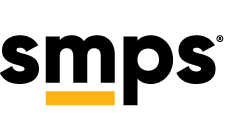
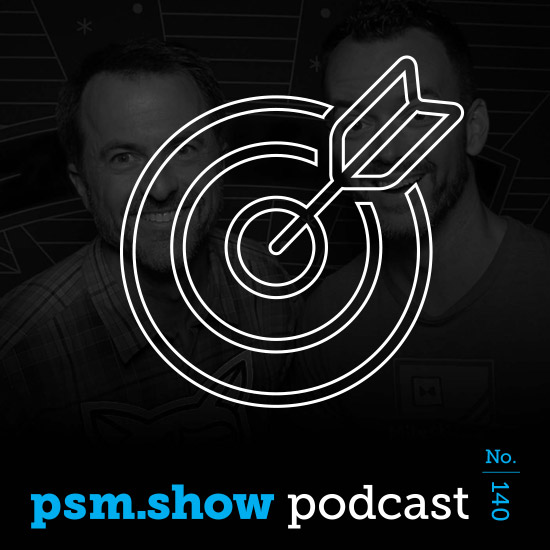
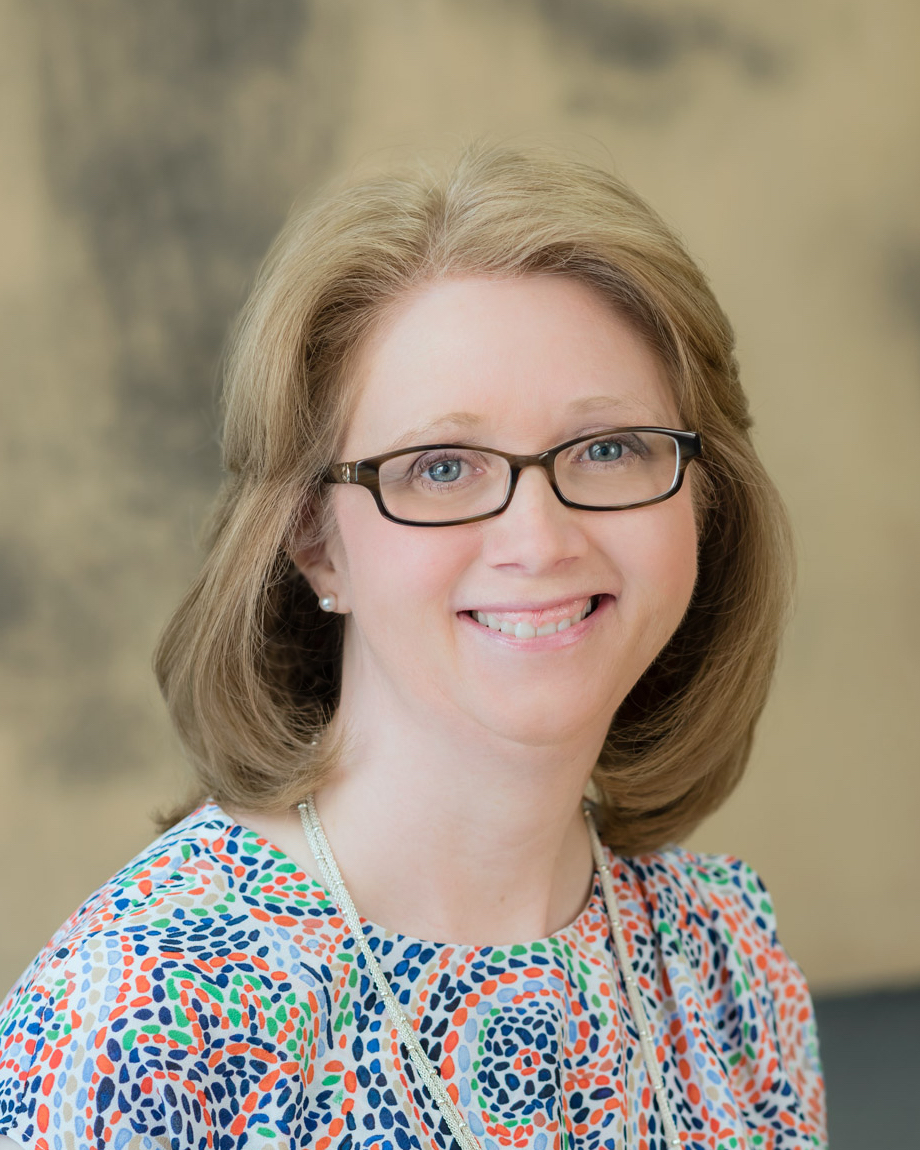
Recent Comments